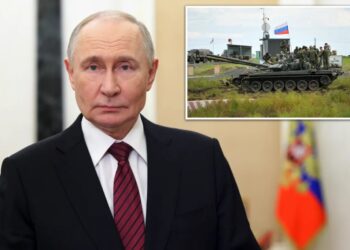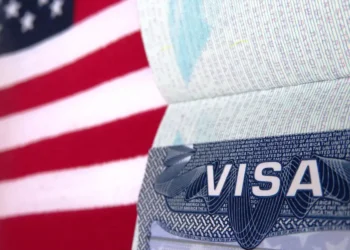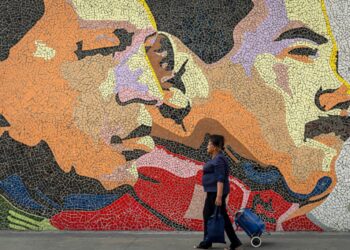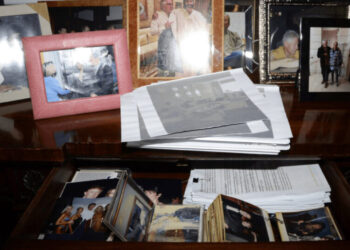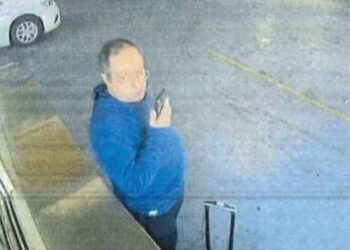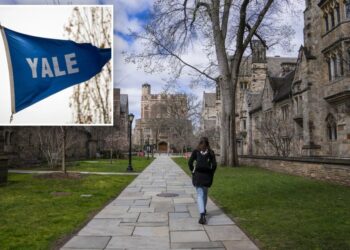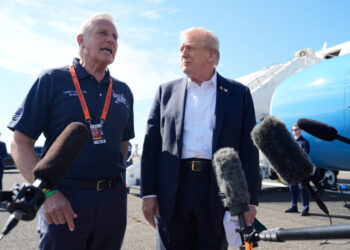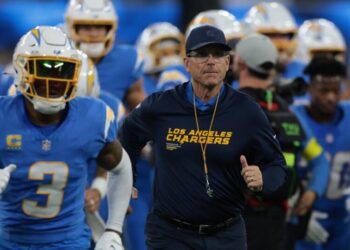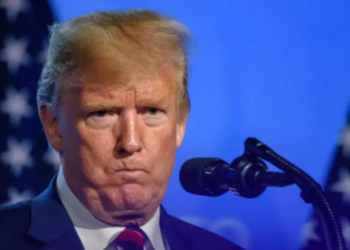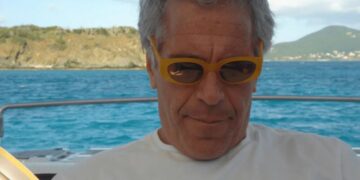Over 200 Indian nationals recruited to fight in Ukraine War — as foreign ministry tries to secure their freedom
Over 200 Indian nationals were recruited to fight in Russia’s bloody war against Ukraine, the Indian Foreign Ministry said as...
Why Gisele Bündchen and Joaquim Valente wanted an intimate wedding
Gisele Bündchen reportedly limited her wedding guests to close family for an important reason. “Gisele didn’t feel the need to...
The US is now reviewing the social media of certain visa applicants. Here’s everything you need to know.
The US government has added another hurdle to workers and visitors on certain types of visas. tzahiV/Getty Images/iStockphotoThe US is...
Trump says Venezuela stole U.S. oil, land and assets. Here’s the history.
In 1976, the government of oil-rich Venezuela assumed control of the country’s petroleum industry, nationalizing hundreds of private businesses and...
Epstein Files Photos Disappear From Government Website, Including One of Trump
More than a dozen photos — including one featuring President Trump — were removed without explanation from the large trove...
Chaotic night on L.A. roads: Ambulance chase, Porsche crash, 210 ejection death
At least two people were killed and two police officers injured in a series of traffic incidents across Los Angeles...
How the Brown-MIT shootings unfolded: A brief encounter, two attacks and then a break
PROVIDENCE, R.I. — Just before Thanksgiving, Claudio Neves Valente checked into a Boston hotel and traveled to Brown University in Rhode Island,...
Nearly 30 Yale undergraduate departments have no Republican faculty, Buckley Institute report finds
A recent report from the Buckley Institute found that there are no Republican faculty members across 27 departments at Yale University. “For...
Trump endorses in New York governor race the day after Stefanik drops out
President Donald Trump endorsed Nassau County Executive Bruce Blakeman in the New York gubernatorial race, a day after Rep. Elise...
U.S. apprehends another oil tanker amid Trump’s Venezuela blockade
The U.S. intercepted a commercial vessel leaving Venezuela on Saturday, days after President Donald Trump announced a “complete blockade” on...
